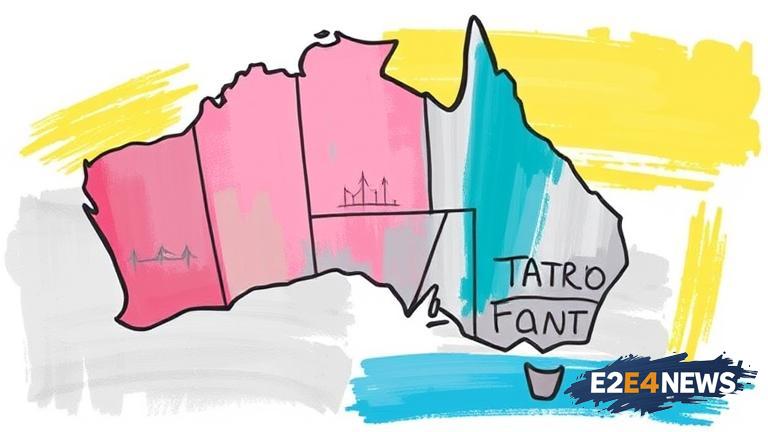In a move aimed at improving student outcomes and reducing stress, the Western Australian government has lowered the bar for Year 12 students to pass their Australian Tertiary Admission Rank (ATAR). The change, which comes into effect immediately, means that students will now require a lower minimum score to achieve their ATAR. This decision has been welcomed by educators and students alike, who have long argued that the previous system was too rigid and placed undue pressure on students. The ATAR system, which is used to determine university eligibility, has been criticized for its narrow focus on academic achievement and its failure to account for other important skills and qualities. By lowering the bar, the government hopes to encourage more students to pursue higher education and to reduce the number of students who are discouraged from applying to university due to concerns about their ATAR score. The change is also expected to have a positive impact on student mental health, as it will reduce the stress and anxiety associated with achieving a high ATAR score. The government has emphasized that the change is not a dumbing down of standards, but rather a recognition that the ATAR system is not the only measure of a student’s potential. The decision has been informed by research and consultation with educators, students, and industry experts, who have all emphasized the need for a more nuanced and flexible approach to university admissions. The Western Australian government has also announced plans to introduce a new range of vocational and technical education programs, which will provide students with alternative pathways to employment and further education. These programs will be designed to meet the needs of industry and will provide students with the skills and training they need to succeed in the workforce. The government has also committed to increasing funding for education and training, with a focus on supporting disadvantaged students and promoting equity and inclusion. The change to the ATAR system is part of a broader effort to reform the education system in Western Australia, with a focus on improving student outcomes, promoting innovation and entrepreneurship, and preparing students for the challenges of the 21st century. The government has emphasized that the reform agenda is driven by a commitment to excellence and a desire to ensure that all students have access to high-quality education and training. The reform agenda has been welcomed by business and industry leaders, who have emphasized the need for a more skilled and adaptable workforce. The change to the ATAR system has also been welcomed by parents and students, who have expressed relief and gratitude at the reduced pressure and stress associated with the previous system. However, some critics have argued that the change may have unintended consequences, such as a reduction in academic standards or a decrease in the competitiveness of Western Australian students. The government has responded to these concerns by emphasizing its commitment to maintaining high academic standards and its confidence in the ability of Western Australian students to succeed in a more flexible and nuanced education system. Overall, the decision to lower the bar for Year 12 students to pass their ATAR is a significant and welcome reform, which has the potential to improve student outcomes, reduce stress and anxiety, and promote a more inclusive and equitable education system. The reform agenda is driven by a commitment to excellence and a desire to ensure that all students have access to high-quality education and training. The government’s decision to introduce new vocational and technical education programs and to increase funding for education and training is also a positive step, which will provide students with alternative pathways to employment and further education. As the education system in Western Australia continues to evolve and improve, it is likely that we will see further reforms and innovations, all of which will be designed to promote student success and prepare students for the challenges of the 21st century.





